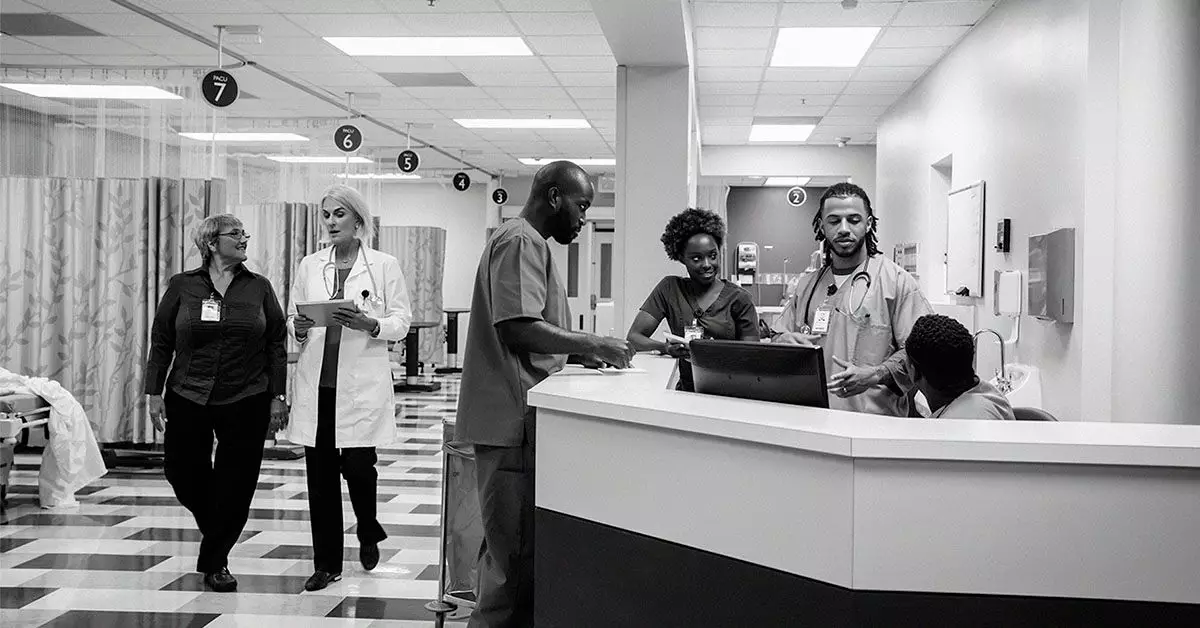Bone marrow transplants, often recognized as stem cell transplants, are pivotal in the treatment of various cancers, particularly lymphomas. These procedures involve reintroducing blood stem cells into the body to replace those ravaged by cancer treatment or the disease itself. As oncology continues to evolve, the significance of such transplants has expanded, particularly in circumstances where the cancer relapses or remains dormant. Utilizing high doses of chemotherapy and radiation, oncologists can effectively obliterate cancer cells, but this aggressive approach often lays waste to bone marrow, necessitating a subsequent transplant to replenish the body’s stem cell supply.
Types of Transplants: Autologous vs. Allogeneic
The landscape of bone marrow transplants comprises two principal methodologies: autologous and allogeneic transplants. An autologous transplant involves harvesting stem cells from the patient’s own body—offering a lower risk of complications since the cells are not foreign to the immune system. In contrast, allogeneic transplants rely on stem cells from a matched donor. This method, while potentially more effective due to the resilience of donor cells, carries inherent risks, including the possibility of a graft-versus-host disease (GVHD)—a condition where the donor cells attack the recipient’s healthy tissues.
Each transplant type requires meticulous preparation. For an autologous transplant, a patient’s stem cells are collected weeks in advance, stored, and then reintroduced after high-dose treatments. Conversely, allogeneic transplants necessitate rigorous compatibility testing to ensure the closest match between donor and recipient, thereby maximizing the chances of transplant success.
The Process of Stem Cell Extraction
The extraction of stem cells, particularly for autologous transplants, is a process that demands both precision and care. Typically performed under general anesthesia, the procedure usually targets the pelvic bones where stem cells are most abundant. Using a large needle, a surgeon draws out the bone marrow, with a procedure duration of approximately one to two hours. Post-procedure discomfort is common, with patients often experiencing soreness in the pelvic region—a manageable side effect with appropriate pain relief.
Once extracted, the stem cells undergo extensive processing in a laboratory where they are isolated, frozen, and kept in storage until the transplant phase. The return of these cells into the patient’s body post-treatment marks a significant turning point in their recovery journey, providing a second chance against cancer.
Effectiveness and Risks
The efficacy of bone marrow transplants in treating lymphomas is particularly notable. For young, healthy individuals with resistant Hodgkin’s lymphoma, autologous transplants can yield a 50% success rate in prompting a complete response—meaning no indicate signs of cancer post-transplant. Follow-up treatments may further enhance these outcomes, underscoring the dynamic interplay between stem cell transplants and other therapeutic avenues.
However, the road to recovery is fraught with potential complications. Autologous transplants might see the unfortunate reintroduction of malignant cells, while allogeneic transplants carry the risk of the recipient’s immune system rejecting donor cells. Additionally, the possibility of infections looms large, especially in the wake of immunosuppressive therapies that are necessary for the body to accept foreign stem cells.
Evaluating Eligibility for Transplants
Determining eligibility for a bone marrow transplant is a multi-faceted decision that hinges on several factors. Notably, the treatments need to be suitable for the individual’s health, age, and the menopause stage of their lymphoma. A thorough evaluation by oncologists includes assessing prior treatment responses and the aggressiveness of the cancer type.
The examination of familial genetic compatibility plays a crucial role in donor selection, as compatibility in human leukocyte antigen (HLA) proteins optimizes the possibility of the transplant’s success. If familial matches are unavailable, registries of voluntary donors become essential in the quest for suitable stem cells.
Long-Term Success Rates and Future Prospects
The long-term outlook for patients undergoing bone marrow transplants is promising. Studies indicate that over 60% of individuals with Hodgkin’s lymphoma and around 50% of those with non-Hodgkin’s lymphoma survive at least a decade post-autologous transplant. For those fortunate enough to thrive for two to five years after the surgery, projections imply survival rates soaring above 90%.
While challenges remain in the realm of transplantation, it is undeniable that bone marrow transplants have evolved into a beacon of hope for many battling lymphoma. With ongoing advancements in research and treatment protocols, the future holds encouraging potential for improving not only the efficacy of these transplants but also the overall quality of life for patients navigating the tumultuous journey of cancer recovery.

